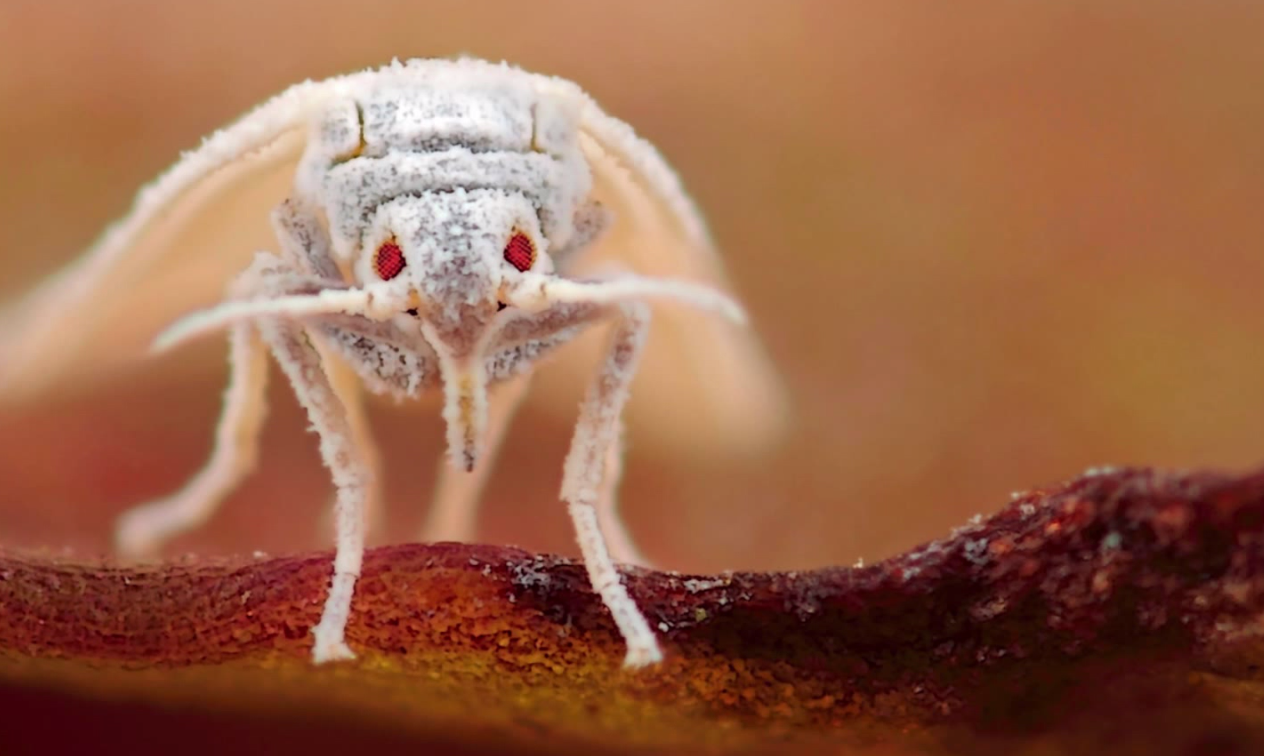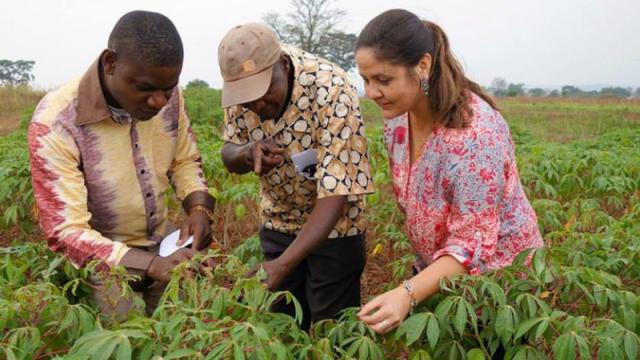Ever hear of whiteflies? They’re the colour of snowflakes and practically as tiny, but they’re global plant-killers. One of their favourite snacks is the cassava, a root that’s a crucial staple food for 700 million people worldwide. But one computational biologist and her team are on a mission to save the cassava from this virus-carrying menace.
The whitefly is an extremely tricky pest. They’re found all over the world, transmit plant viruses, and can become insecticide-resistant. With all the 600 plant types they feast on, they cause billions of dollars in damage a year, since it renders farmers’ wares inedible and unsellable.
Meanwhile, the cassava plant is lifeblood for people living on multiple continents, from South America to Asia to Africa. The starchy root is the third most important calorie source in the tropics, after rice and maize. It’s even used to make tapioca, and the bubbles in bubble tea. Well, unfortunately, the whitefly loves the stuff, too. Not only do they eat cassava plants and its roots, but the whiteflies transmit plant viruses that ravage it, as well. These viruses are transmitted in the same way mosquitoes can transmit malarial parasites to humans when they bite us. By the time whiteflies get done with cassava plants, it puts many, many people not only out of food, but also out of income, since they can’t sell their cassavas.

The dreaded whitefly, aka Bemisia tabaci. Image via YouTube
Luckily, Laura Boykin, a computational biologist and TED fellow at the University of Western Australia, has made it her mission to neutralise that cassava-destroying threat. She and her colleagues used a supercomputer to generate a phylogenetic tree, or a kind of family tree, of the whitefly. It showed the team that there are actually a whopping 34 species of whitefly globally. Previously, scientists believed there was only one. (Goes to show how little about this insect was known previously, since funding was scarce.) All their data is publicly available.

The Magnus supercomputer. Image via Pawsey Centre
The supercomputer used, by the way, is Magnus — the fastest supercomputer in the Southern Hemisphere, also used in radio astronomy. Magnus, a petascale Cray XC40 supercomputer at Australia’s Pawsey Supercomputer Centre in Perth is crucial in the process. (Pawsey says that, with a dataset of only 500 whiteflies, the possible relationships between these flies reach the octillions — that’s a one with 27 zeroes. You can see why a supercomputer is key here.) Magnus helps Boykin and her team figure out which whitefly species are similar, and what kind of flies live where.
What can we do with this data? We can figure out which species of whitefly is eating cassava in a given region, and can more easily combat them. The plants can be bred to resist the right species. There’s also now greater expectations from the chemical companies, who need to test their products on not just one species, but all 34. It’s all more work — but it’s a problem that can’t be ignored anymore.
Boykin and her team were chosen as one of the 14 innovators by the United Nations to address the body’s 17 Sustainable Development Goals. Boykin presented alongside the other winners, who were chosen out of over 800 entries worldwide, at UN Headquarters in New York last month.
Cassava is something that over a half billion humans depend on to survive. This research team’s efforts are making sure that cassava remains as dependable as possible.
Top image: Boykin and fellow researcher Donald Kachigamba (left) inspect whiteflies on cassava leaves on a farm in Uganda. Image via University of Western Australia Facebook
This story is part of a special series about the United Nations’ plans to solve global issues using emerging technology. Read more about it here.
Contact the author at bryan@gizmodo.com, or follow him on Twitter.
